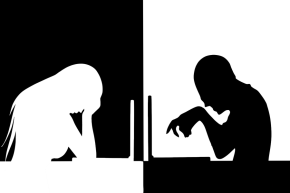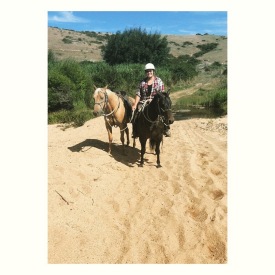In today’s world, there are many issues that are exposed through the media. These media sources enable discussion to occur about these particular issues. This is known as the public sphere. According to German philosopher and socialogist Jurgen Habermas, a public sphere is a place for individuals to debate about common topics. There are many platforms through which a public sphere can be developed in such a technologically developed society. Facebook, Twitter and Instagram are just a few examples.
Considering Instagram has more than seventy-five million users logging into their accounts daily, it creates a space for public discussion. When an issue is published onto the social media site through an image, video or comment, it takes only seconds before controversy is raised. A recent and popular example is Kim Kardashian’s nude selfies. Immediate reactions included people commenting on how inappropriate the posts were. Many argue that it will negatively influence young girls who look up to the celebrity as a role model. Others claim that Kim’s post should not be abused, as they noted that inappropriate photos of male celebrities do not receive the same negative attention. Therefore claiming that people’s comments are purely sexist. The variety of comments that were sparked in regards to Kim’s post, demonstrates how one photo creates a public sphere for individuals to voice their opinions.
Public spheres are increasingly important in this ‘online generation’, as it enables everyone, ignoring gender, origin and personal beliefs, a chance to have their views publicly displayed.
However, originally, public spheres excluded specific individuals in society. Women and minority groups were not a part of public spheres. It was a place for men, the elite and eventually the middle class, displaying how different it is to today’s idea of a diverse public sphere.
Until next time,
Ruth
References:
- “DMR- Stats and Gadgets – By the Numbers”, Craig Smith, 05/04/2016, http://expandedramblings.com/index.php/important-instagram-stats/
- “Instagram – Kim Kardashian West’s Selfies”, Kim Kardashian, https://www.instagram.com/kimkardashian/?hl=en







